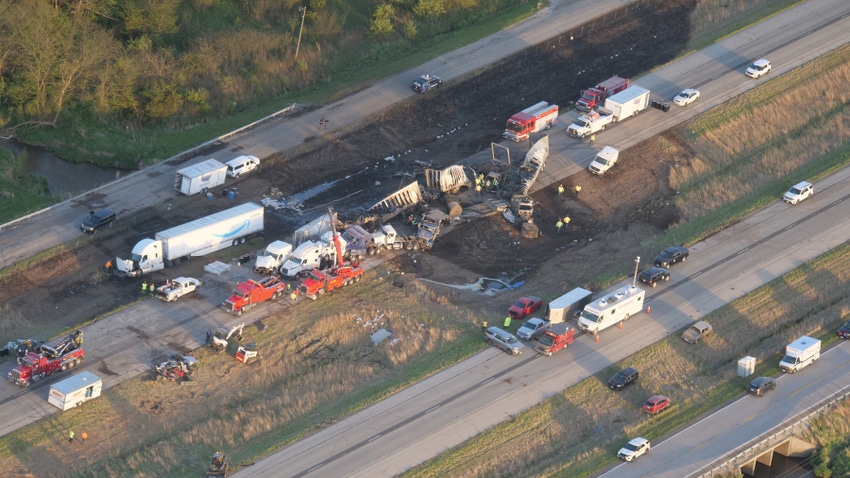July 3, 2023

by Tony Bailey
The Dust Bowl of the 1930s led to the formation of the Soil Conservation Service, forerunner of USDA’s Natural Resources Conservation Service. Why did this event happen?
Large areas of the Great Plains were farmed during World War I. As prairies were plowed for wheat, the soil surface was left exposed. Drought exacerbated the issue, causing dust storms that made it all the way from the Plains to Washington, D.C.
We are still plagued by wind erosion, leading to loss of topsoil and soil organic matter. Unfortunately, it can also lead to dangerous situations on roadways. The recipe includes dry, uncovered soils and wind.
Are all soil types equally susceptible to wind erosion? Sand, silts and clays all respond differently to wind. Larger particles, like coarse sands, are too heavy for wind to pick up. Smaller, finer particles, like clays, are often “glued” to particles next door. It takes soil particles “just the right size” — something along the lines of sand, loamy-sand, sandy-loam or muck surface textures — for wind erosion to become a major problem.
How does wind erosion evolve? After wind reaches 12 to 13 miles per hour, soil particles at the surface start bouncing along, displacing other soil particles. Soon, you have a caravan of soil particles being displaced and displacing more particles. Larger particles stay closer, bouncing along the surface, while finer particles become airborne. One challenge is that finer particles that become airborne are the soil organic matter or particles with nutrients attached. Once wind erosion happens, lost soil organic matter and nutrients are no longer on your field where you want them.
How important is lack of cover? Leaving soil uncovered allows wind erosion to take off. Uncovered soil with poor structure is most susceptible. Soil aggregates are too large and resist movement by wind. However, individual particles in a freshly tilled, uncovered soil are much easier for wind to move. Living plants, either crops or cover crops, protect soil. Residues on the surface from the previous crop also help keep soil in place. Fencerows and windbreaks shorten fields and slow the wind at the surface, making it harder to reach wind speeds that can pick up soil particles.
Can wind erosion happen anywhere? No. Even if wind speed is greater than 13 miles per hour, if soil is well aggregated, protected by residue cover or living plants, or located in more sheltered spaces, the process cannot get started. However, wind erosion can happen more often than you think. I’ve seen wind erosion on fields not considered suspectable. This was usually evident by soil collected in fencerows or dirty snow.
Wind erosion that we see is only about 10% of the total that is happening. Unfortunately, if you can see wind erosion, it is likely too late to prevent it. So, don’t leave your soil naked and exposed to wind and water. Contact your local soil and water conservation district and NRCS office for ideas to keep it covered to avoid preventable situations.
Bailey is the state conservation agronomist with the NRCS in Indiana. He writes on behalf of the Indiana Conservation Partnership.
Read more about:
ErosionYou May Also Like




